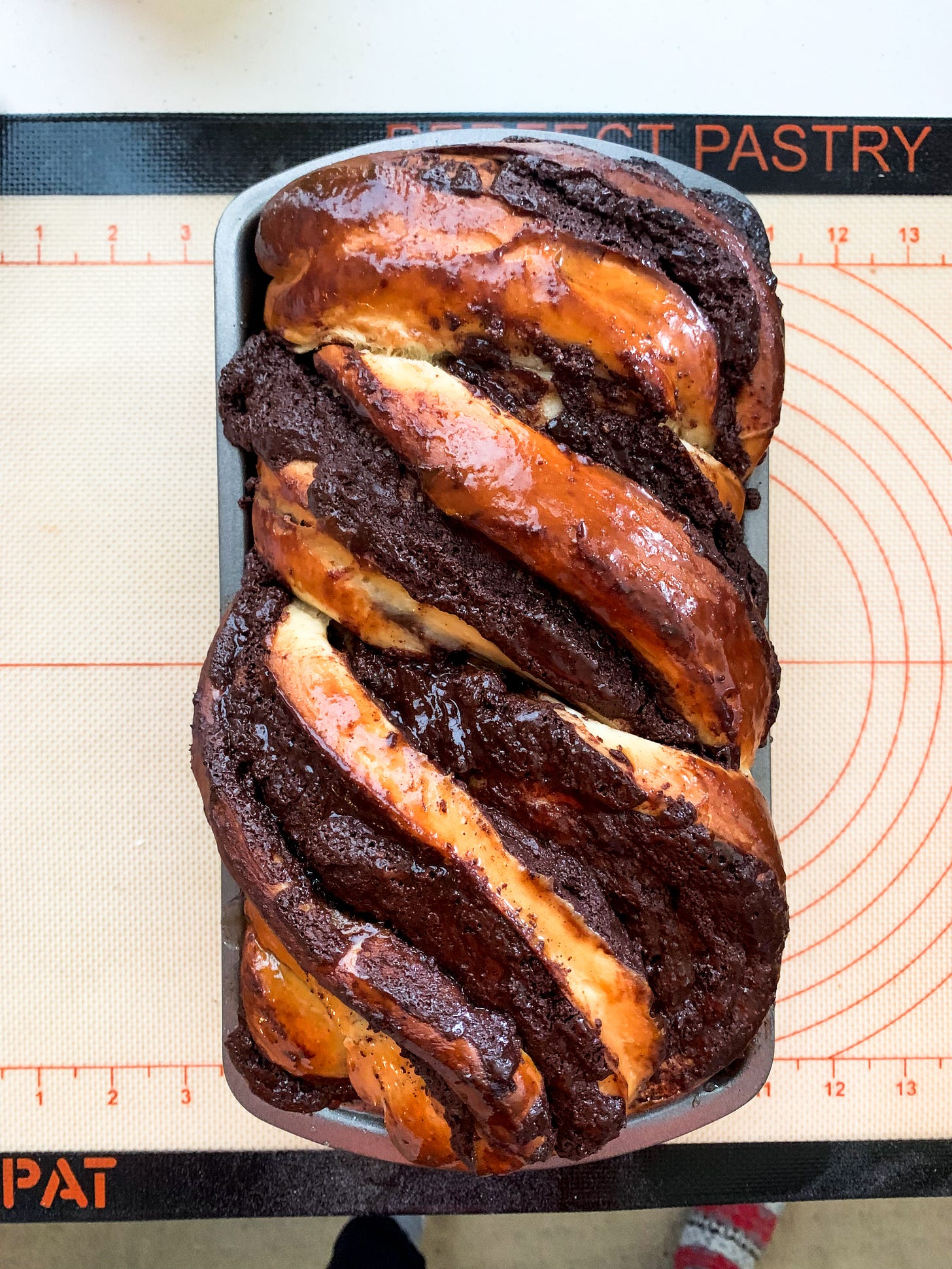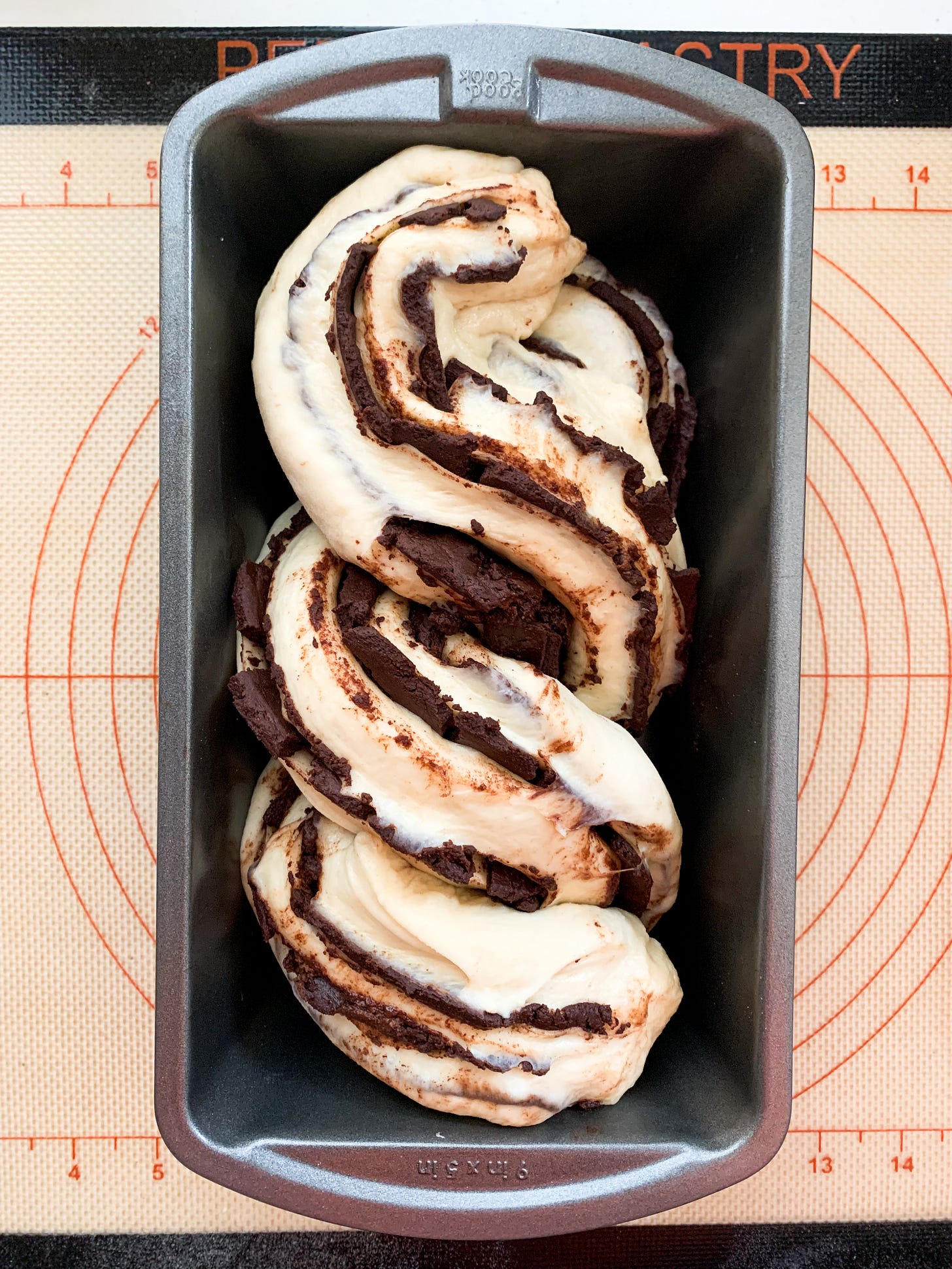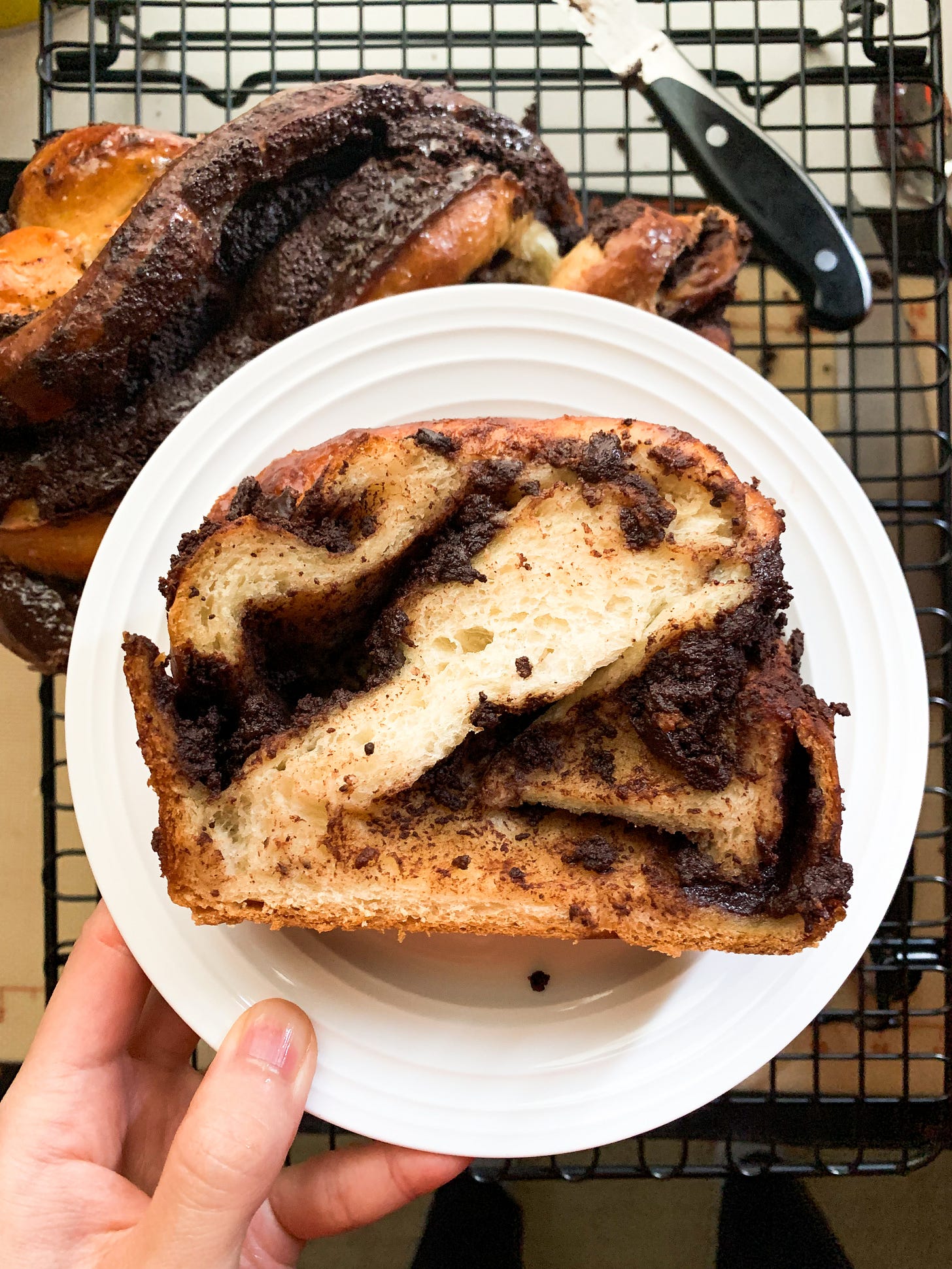“My name is George. I’m unemployed, and I live with my parents.”
For all of you Seinfeld fans, this comes from the episode when George Costanza decides to do the opposite of his instincts. He orders chicken salad on un-toasted rye bread, potato salad, and a cup of tea (supposedly the complete opposite of tuna on toast, coleslaw, and coffee 😂), and then he introduces himself to an attractive woman who noticed they ordered the same thing. George tells her the truth, and to his disbelief, she’s totally into him.
I really love this segment. The acting and writing are so great, of course, but the subtly inspirational challenge of seeing and doing things differently is the nugget I’ve been thinking about of late.
To back up a little bit: there’s a commencement speech by the late writer David Foster Wallace that perfectly sets the stage for this challenge. I won’t go into too much detail about it because it’s really something you should read from start to finish, but the gist behind it is that we all see the world a certain way, and with enough experience, we just assume the world works the way we think it works. It’s difficult to imagine otherwise—the effort often feels so herculean that it’s like salmon swimming upstream.
Despite the challenge, I know that I have to become more like salmon.*
What does that mean exactly? It means learning to let go of things—of control, of perfection, of the need to have everything exactly the way I want. I totally get the irony…I have to work hard not to work hard. I initially thought that doing the opposite for me meant exerting more effort to achieve the things I wanted and aspired to. But I’m starting to realize that I’m pushing myself so hard that all of my efforts are becoming counterproductive. I know my normal tendency is to be extremely goal-oriented and opinionated, directing people and things to accomplish what I feel needs to be accomplished. This is definitely great for the military and planning elaborate dinner parties—but not so great for, well, everything else. When it comes to the people in my life, I admit I suck majorly at listening, being patient and accepting, and making time and space to observe what’s going on around me.
So now this is what I’ve been learning to do instead:

My mom once told me a story about my not so great relationship with audiobooks in the past. Apparently, I couldn’t sit still and listen to them as a child…except when I was strapped in a car seat with nowhere to run.
I guess this period of my life is a metaphorical car seat. Being stuck in it is not my idea of a good time (probably nobody else’s either), but clearly the universe is telling me that I have to learn how to sit still and pay attention more.
Months ago, I shared with you all that making cooking science videos didn’t feel right anymore, and how the decision seemed so illogical at the time. I still struggle with that decision, but I now understand why intuitively it was the right thing to do. I knew a lot of science, but there was way more I needed to learn about people. I could have kept going and done mediocre work, but in order to do truly great work, I needed to work on myself. And that’s what’s happening right now—lots of unlearning and relearning what it means to be human and opening myself to change. So thanks for being a part of this journey of doing the opposite. It’s guaranteed to be a roller coaster ride, but the view at the end is going to be amazing.
*As a sashimi lover, I guess the saying is true that you are what you eat. 🍣
Another babka??
The timing worked out great…this week’s food project happens to be Seinfeld-related as well. We’re talking, of course, about chocolate babka, a Jewish braided bread swirled with chocolatey goodness. It’s up for debate whether the cinnamon version is actually its lesser cousin, but regardless of your stance, we can all agree that a bread enriched with milk, butter, and eggs is guaranteed to be tasty. And the braid just makes it extra gorgeous.
If you’re wondering why an Asian girl seems so fond of a Jewish bread, here’s the backstory. I was introduced to babka by way of rugelach, something an ex-boyfriend used to buy at a Jewish deli/grocery in New York City called Zabar’s. I sometimes joke that the best thing about that relationship wasn’t falling in love with him, but falling in love with Jewish food. Without him, I wouldn’t have ever learned to appreciate babka, rugelach, potato latkes, lox bagels with schmear, etc. Even after we broke up, I continued to visit Zabar’s to buy chocolate babka. One summer, I even brought a backpack to the city to carry multiple loaves back to where I was staying in New Jersey. I know that sounded suspiciously like a babka heist, but I promise I obtained all of them legally.
Thankfully, after I started baking them myself, there was no need to go all the way to NYC to enjoy them. I normally bake traditional chocolate babka, but I have to confess I went unconventional this time. On a whim, I decided to make a fusion babka with my favorite type of bread: shokupan, or Japanese milk bread. It's similar to traditional babka dough, but because of something called the tangzhong method, the bread feels a bit lighter and more fluffy in texture.
Here’s what I did. My fusion babka involved cobbling three different recipes together. I made the dough from Studio Baked’s black sesame Japanese milk bread recipe, the chocolate filling and syrup from Smitten Kitchen’s chocolate babka recipe, and guidelines for rolling out the dough from David Lebovitz.
(It just occurred to me that this cobbling together is a very apt metaphor for my career. There is indeed a method to the madness.)
Because of the tangzhong method, you can see that the air pockets in this bread are fairly pronounced, translating to a lighter, more springy texture. Also, as you might be able to tell from the top picture, the fusion version puffs up like crazy in the oven.
So…which one is better, traditional or non-traditional? It’s hard to say since the last time I had the traditional version was a few months ago (somehow, a homemade loaf still managed to taste good even after being frozen for almost two years), but you can definitely tell the difference in texture. The traditional version is soft and rich while the fusion version is light, feathery, and springy. So I don’t have a good answer to the question, other than the thing lawyers like to say: it depends.
Other tiny kitchen happenings
Ok, not Seinfeld-related, but I’m tacking on a few things I’ve made recently at home. My husband discovered a couple of forgotten homegrown persimmons that basically turned jelly-like on the inside, so instead of snacking on them, I repurposed them into a persimmon bread with dark chocolate. Unfortunately, no photos this time around, but I will be making this again and sharing more details when I do.
After making a batch of falafel recently with my mom’s homegrown cilantro and mint (by the way, I discovered that mint tastes *amazing* in falafel), I decided to revisit chickpeas in the form of hummus. I whipped together my go-to recipe for super creamy hummus, and I took the leftover homegrown cilantro to make my version of zhug. It’s a Yemenite hot sauce by origin, but out of necessity, I had to make some modifications. I didn’t have peppers unfortunately, so hot sauce became…just sauce. I also somehow added way too much salt, so in a moment of panic, I threw in some chopped scallions and leftover mint, poured in more olive oil, and squeezed a bunch of fresh lemon juice. (Unlike the videos I’ve posted on YouTube, this is how I actually cook at home—more panicking, troubleshooting, and making stuff up than viewed on screen.)
I have to say that when you eat the hummus and “zhug” together, it’s very well-balanced. My husband and I enjoyed this with sliced cucumbers, carrot sticks, wheat thins, and pita chips.

P.S. If you want to try making hummus, it’s very easy. Here’s my tried and true recipe that has been happily devoured by friends and strangers alike:
Zahav-inspired creamy, smooth hummus
The perfect hummus should be rich and creamy, but not heavy; smooth, but not watery. Inspired by chef Mike Solomonov, chef and owner of Philadelphia-based restaurant Zahav, I set out to create a hummus recipe that’s easy to make at home and as luxurious as the original Solomonov creation.









